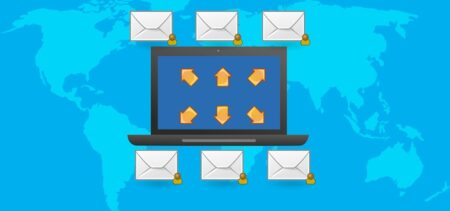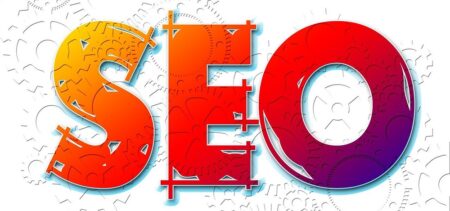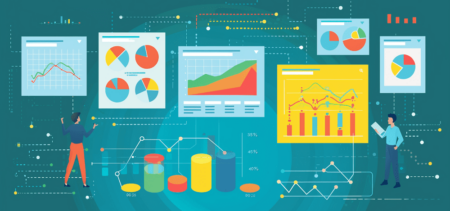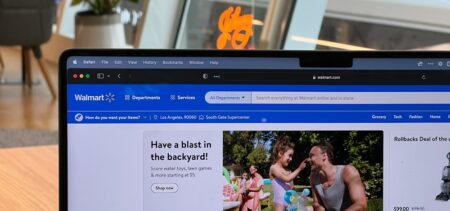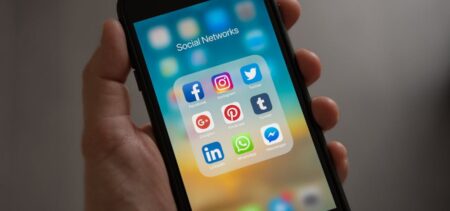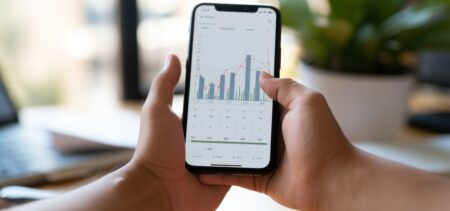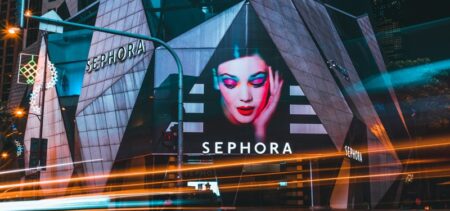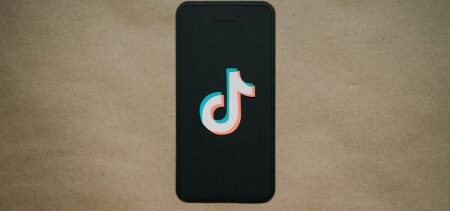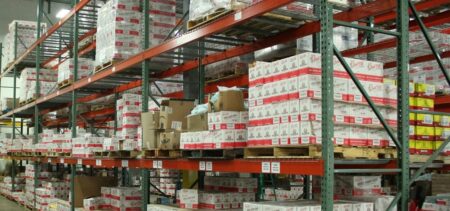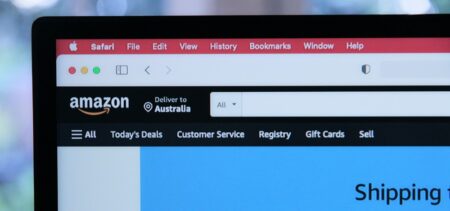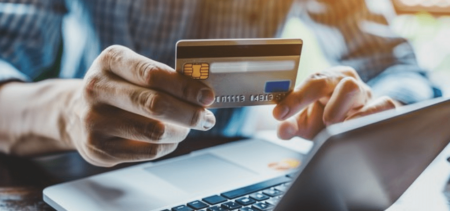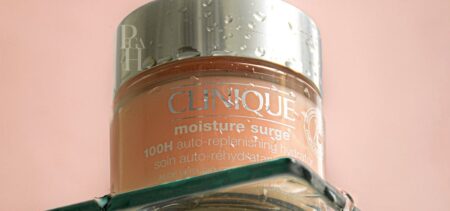You wake up in the morning, grab a cup of coffee, and the first thing on your mind is, “How can I improve my conversion rate?” After a few more sips of joe your second thought is, “How can I get potential customers to stay in my funnels?”
Sound familiar?
Many writers would quote a conversion-rate statistic right here, but I’m not going to do that; there’s no point. You know your own stats, and depending on what industry you are in, you know where you want to be in terms of conversion.
So, the pertinent question is: “How do I improve my conversion rate?”
Online promotions count
Before we can answer the above question, we have to understand the causes a little better.
A survey conducted in January 2015 in the UK, found that up to 50% of consumers make a purchase only when an offer or promotion is involved.
Turn that statistic around and think about it for a moment. That means that perhaps half of consumers in the UK are not making a purchase because of a lack of an offer or promotion.
It gets worse.
The survey also revealed that the number of promotion-driven customers rises to 60% for anyone under the age of 45, with those aged 25 to 34 being the most likely age group to look for an offer.
That brings the number of possible converting customers down to 4 out of 10. And if we factor in other possible variables like poor website design, a confusing customer journey, and poor quality product images, etc., it is easy to understand why average eCommerce conversion rates are what they are.
And this is not just a UK trend.
A US-based survey found a similar propensity towards the use of promotions and offers in its findings from research carried out in August 2014.
The message for e-retailers is clear, if you want to activate your customers, promotions are the way to go.
Multiple benefits for retailers
Let’s be clear what we are talking about when we say promotions.
Promotions are not flashing banner-type annoyances shouting, “Come and visit my website, NOW.”
A good promotion should enhance your product marketing and offer your customer an incentive; some added value that is specifically for them.
In addition, promotions can be placed at different points along your conversion and sales funnels and benefit your business by working on several levels, often simultaneously.
A simple formula
But before we get into the details of what promotion to place and where, there is a very simple formula that can make all the difference:
2 + 2 = 10
Another way to express this would be:
reduced bounce rate + reduced drop-off rate = increased sales
The maths really does add up.
If you can reduce your bounce rate by 2% and also reduce your drop-off rate by 2%, you will get a 10% increase in sales.
By analyzing your conversion funnel and pinpointing the drop-off points, you will know where to place your promotions to plug the leaks.
The top of the funnel
Your conversions here are about creating interest, engagement, and referrals to your website.
Social referral traffic
Promotions are great for showcasing new products in social media, stimulating chatter about your brand, and encouraging engagement on your social channels.
They can be easily published as a Facebook app, and allow you to increase your marketing opt-in database by collecting visitors’ contact details.
Promotions can offer rewards in exchange for the opt-in details, and then go on to direct customers to your website where they can use the reward on a purchase.
Insight, feedback, and trends
Promotions allow you to gain insight into your new product ranges with real-time feedback from both existing customers and potential new customers.
You can use promotions to run comparative competitions with images of new products. Your fans and customers vote for their favourite product and provide their email address at the same time thus providing you with crucial information on what’s trending.
The combination of customer-specific preferences and direct contact details consequently gives you the upper hand in your marketing activities.
Marketing opt-in database
They are an extremely efficient way to collect potential customer contact details for further marketing opportunities, as well as offering a reward for participation. The UK report found that email marketing is still the most popular way that consumers want to receive information on discounts and offers. A staggering 76% of respondents stated that they want offers in their inboxes.
Many promotions are built on the premise that a reward is offered in exchange for contact details. A suitable reward lowers the threshold for potential customers to provide their contact details, and opens up a direct marketing channel for the retailer.
Social sharing
Promotions allow happy customers to share promotions on social channels.
Certain promotions are specifically designed to increase your brand visibility in social media while still offering rewards.
These viral promotions work on an incremental reward logic. This means that your customer can receive a basic reward for submitting their contact details, or they can receive an enhanced reward for submitting contact details and then sharing the promotion with friends on their own social networks.
This way your brand gets more organic reach, and in the best case scenario, can go viral.
Further down the funnel
Your conversions here are about keeping potential customers on your website and enticing them to make a purchase. The promotions are embedded directly into your website, and drive visitors to your sales funnel, and ultimately, checkout page.
Customer activation
Promotions activate passive customers and entice them to make purchases by offering instant rewards.
As we know, eCommerce sites have an average abandonment rate of 55 – 75%. Anything you can do as a retailer to reduce this percentage will show up positively in your conversion rate.
For example, a virtual scratchcard promotion can reward your customer instantly, and inject a little fun into the purchase process.
Promotions activate customers by incentivizing the purchase process either on a logical level, by offering an instant discount (price-based); or on an emotional level, by offering a product-related reward (value-based).
Both incentives increase your customers’ purchase intent, and make the final step to the checkout page more appealing.
In the following example, the customer is shopping for a pet-related product and receives a free chewing toy for his dog via a scratchcard promotion.
Online promotions should also encourage your customer to return to your store. Coupons that can be used on subsequent visits ensure repeat custom. And whenever possible, a promotion should allow customers to invite their friends to your store, and share their positive shopping experiences on their social channels, too.
5 tips to really make promotions work for you
Know your customer
This goes without saying, but I’ll say it anyway: know what your customers want and how they behave on your site.
If you have not quite nailed down what your customers want, or your products are very seasonal, you can use certain types of promotions to find out what’s trending. These types of promotions allow you to showcase new products and ask your customers for feedback. At the same time, you get a much better idea of what’s hot and what’s not, and you also gather contact details for later direct marketing.
Don’t assume one size fits all. Try a combination of different types of promotion positioned in different channels. Customers like variety.
Optimize for mobile
Again, a no-brainer nowadays, but it’s worth repeating. Online shopping is taking place more and more on smartphones and tablets, and mobile shoppers are converting bigtime. High-quality promotions are also optimized for mobile, so the customer experience remains at the same high standard as your website experience.
Mix it up on social media
You probably have a long list of social media channels already in use. It’s worth doing some research into which of your customer demographics is using which channel, and design your promotions accordingly.
Consumer behaviour differs from channel to channel. Some people want to find out about offers and discounts on social media channels, whereas others want to be entertained and shown the latest products. Promotions allow you to do both these things and more.
Consider promotions as a conversion tool
Promotions are a powerful tool at the business-end of the sales funnel too.
In the UK consumer survey referred to above, the retailer’s website was the second-most-cited preferred source to find a promotion. Customers like to find promotions as part of their own browsing and buying activity.
Don’t worry about revenue or average purchase value
There is an understandable tendency for e-retailers to be concerned about maintaining the value of their products when using promotions. It comes from the idea that constant discounts and offers reduce revenues and profits, and ultimately result in a race to the bottom.
Surprisingly, the UK survey revealed that 28% of consumers said that they actually spent more on a purchase when an offer or a discount was involved, and the US-based survey seems to corroborate this finding.
You can download the entire report here.
Multi-channel promotions
In a multichannel world with a huge online retail marketplace, consumers are totally spoilt for choice. Your best chance of reaching them is by knowing what they love, what they want, and what they are most likely to buy, and then choosing the most appropriate channels to tell them about it.
The promotions you use in your social channels will showcase your brand and products, and capture the contact details of potential customers. They will also refer traffic to your website, where your embedded promotions will keep them in your sales funnel and make it worth their while to buy from you rather than the next guy.
Conversions not gimmicks
Don’t think of promotions as a quick gimmick to garner attention around a specific product; they are so much more than that.
Think of promotions as enticing and encouraging your customers all the way along your funnels right to your checkout page where, guess what, there’s a promotion offering them a reward for making the purchase.



